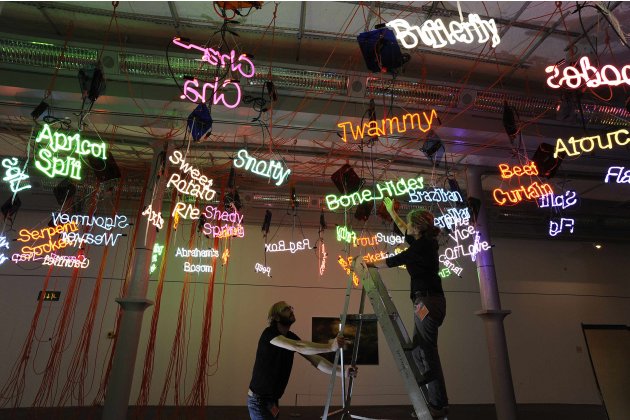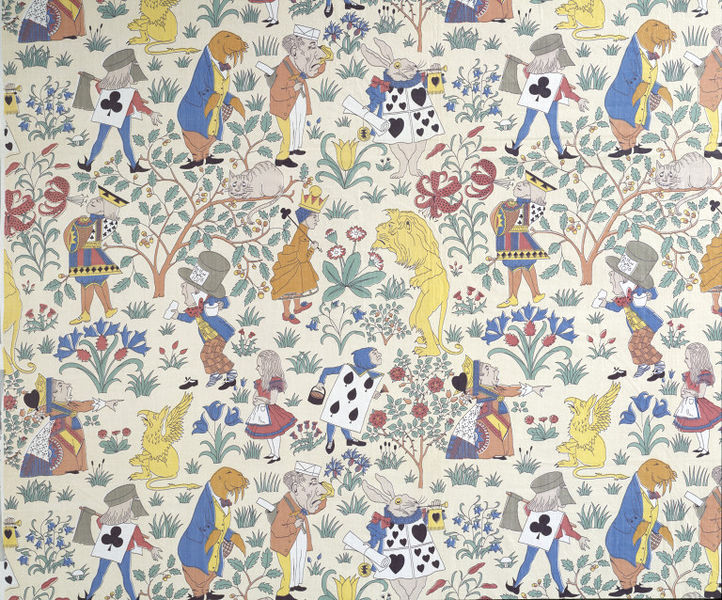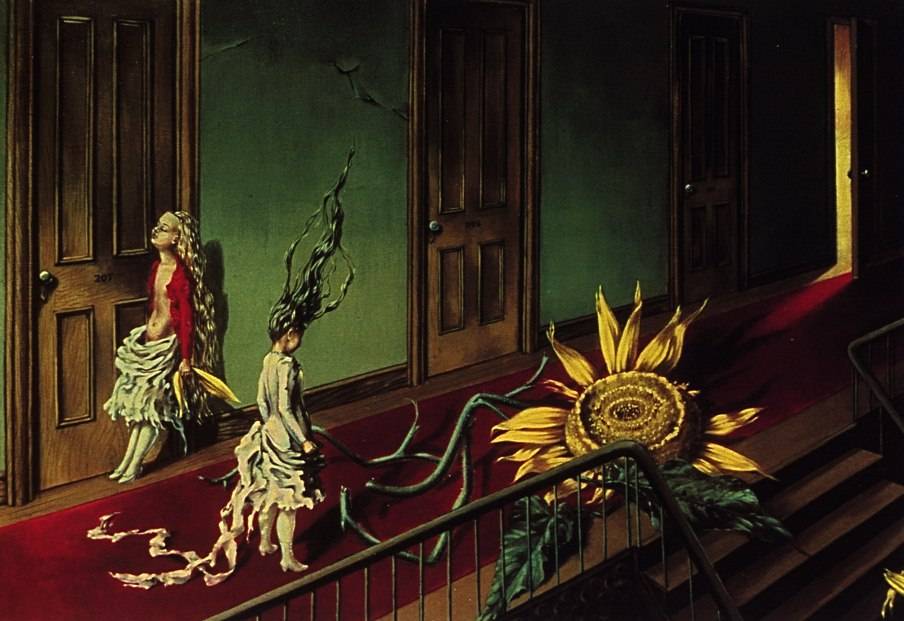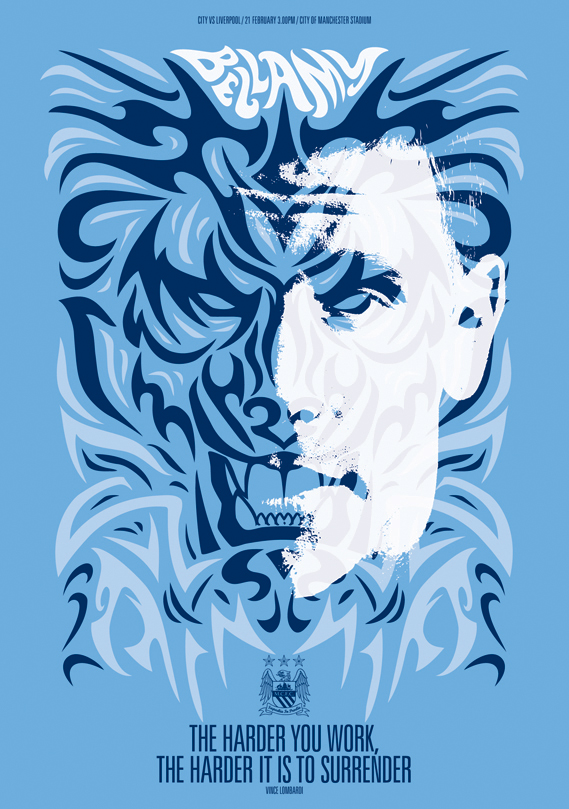On Monday 21st we had a lecture by Lord Whitney - a collaboration between Amy Lord and Rebekah Whitney (get it?!). Technically they're art directors but they prefer the term 3D illustrators! They graduated from Leeds Metropolitan Uni in 2006 where they both studied Graphic Art and Design, but neither of them really fit into traditional graphic design. However, their degree offered them the chance to experiment with a broad range of working methods such as photography and illustration. Both of them had an interest in film/narrative and creating stories. They liked to make quirky pieces and costumes and were influenced by theatre, film and literature.
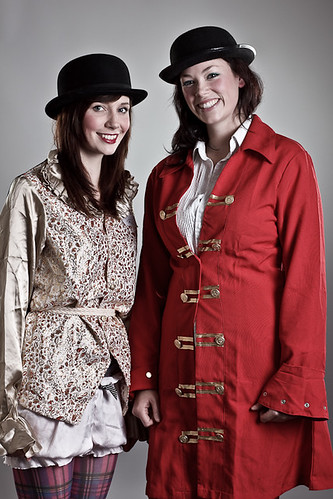
Rebekah focused on illustration and liked to make collages inspired by the silly and fun - Spike Milligan and Salvador Dali were favourites of hers. She moved on to make larger sets, but struggled to photograph them correctly. Amy, on the other hand, liked photography but struggled to find the right subject matter.

Then a month before graduating, their tutor suggest the utilise their skills and team up, which they did. They created a life size set based on A Midsummer Night's Dream which they both thoroughly enjoyed doing. Throughout the process they discovered how well they got on and what they could achieve working together.

Unfortunately, at this point, Uni was coming to an end - but this didn't stop them. They decided to collaborate full time and came up with their brilliant name. But without the Uni studio space and the sudden lack of student loans, work came to a standstill. They both temped and did freelance work to bring in some money, this way they were able to carry on with their own personal projects. They tried lots of different things, never for the sake of it and always using whatever was to hand. A friend of theirs then pointed them in the direction of a room over a pub and it was here that they were able to build and photograph larger sets.

They decided to set themselves a full project, something which they could fully concentrate on and explore thoroughly. They chose the theme of the circus/freak shows and saved up to be able to fund all the materials they wanted to use. The end result was 'The Curious Circus Sideshow' and a couple of months later they decorated a party for Culture Vulture blog using this theme.
After this job, work steadily began coming in until they had enough money to focus all their time on Lord Whitney and get a studio of their own. All the places they looked at were either too expensive or full, but eventually they managed to acquire a top floor mill space. The room needed a lot of work but they could see the potential. This is what was really great about the girls, they were obviously so dedicated to their dreams and wouldn't let anything get in their way.

Over the last few years they discovered they could apply their skills to lots of different areas. They have worked in festivals, set design, books and art direction. They find inspiration from everywhere and anywhere. They stressed to us the importance of looking elsewhere for inspiration - shops, the outdoors, your hobbies.

They have stayed close to Uni friends and said Twitter, Facebook and blogs are a great way of retaining these relationships and also for forging new ones. Networking is key to the design industry, you can't expect people to come and find you - you have to get out there.

Another piece of advice they gave was to stand up for yourself. Many graduates will work for free just to get their work published, but the girls stressed that you should never do it more than once. People will take advantage of you and you'll end up never getting paid!

I really enjoyed the lecture; Lord Whitney are two very lovely girls who proved if you work hard enough you'll get what you deserve. They never gave up on their dream and I think it inspired everyone to keep pursuing their goals. As they said, lots of people fall at the first hurdle but if you keep going, eventually everyone else will fall away!




